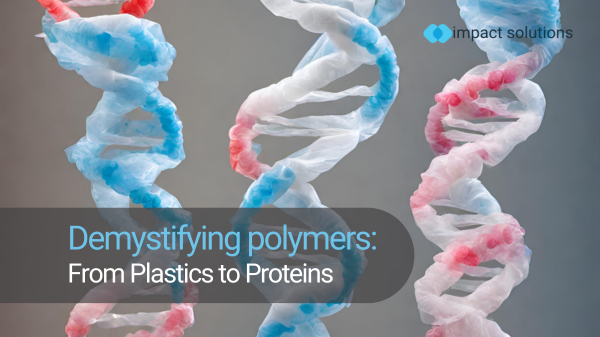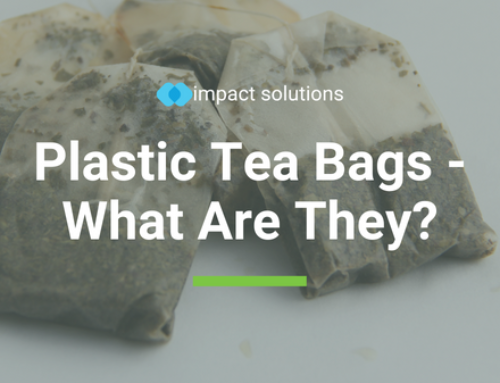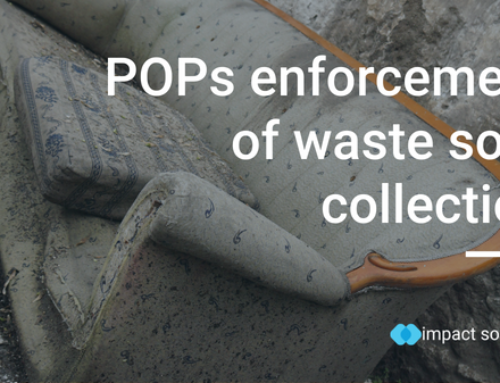Demystifying Polymers: From Plastics to Proteins
Demystifying polymers is crucial for understanding their diverse applications across material science and biology. By unraveling the complexities of polymers, from plastics to proteins, we can unlock new avenues for sustainable development and innovation.
In the realm of chemistry, polymers—combinations of repeating units called monomers—are fundamental components often derived from petrochemical sources. However, in biology, polymers manifest as crucial molecules such as proteins, DNA, and long-chain sugars, playing vital roles in cellular processes. This understanding of natural polymers has paved the way for the development of biopolymers, offering significant environmental benefits compared to traditional plastics.
Parallels of Natural & Petrochemical Polymers
Understanding the structural parallels of natural and petrochemical polymers offers insights into both material science and biology.
Plastics and proteins share a surprisingly similar principle. Both are composed of long chains of repeating units, akin to beads on a string. However, plastics typically derive their units from petrochemicals, while proteins are long chains of amino acids. Both plastics and proteins must fold into complex three-dimensional shapes crucial for their functions. Enzymes are essential proteins that serve as catalysts, accelerating biological reactions. As enzymes are also proteins, formed by amino acids, enzymes are also polymers.
Demystifying Polymers: Biodegradables Have Created Confusion for Biopolymers
The term “biopolymers” has evolved, leading to confusion in its interpretation.
Since enzymes are polymers, they are “bio-polymers” technically, yet, bio-polymers in the market mean something completely different these days. Biopolymers today lean towards the indication of polymers created using naturally derived molecules or those produced from living organisms, to use in current industrial applications such as polylactic acid (PLA), a very common polymer used in 3D printing and its monomer lactic acid can be found and extracted from fermented plant starch like corn. However, it has been used more broadly to encompass various biodegradable and environmentally friendly materials, including bio-based and compostable plastics. This expanded usage has led to ambiguity and misunderstanding among stakeholders. Clarifying terminology and establishing clear definitions will be essential to navigate this evolving landscape effectively.
The Future for Polymers
Scientists are exploring innovative ways to produce bioplastics using biocatalysts, including enzymes, to catalyze the transformation of organic materials into sustainable polymers. For example, making plastics from microbes instead of oil using the power of biology.
Our team of biotechnologists, working alongside a consortium, is creating styrene monomers using microbials. This process involves the application of biocatalysis, using specific enzymes for various stages of the engineered metabolic pathway, to create bio-styrene. This bio-styrene can then be used to further create bio-polymers.
To learn more about how biology can further your sustainability goals in this chemistry-heavy world, speak to one of our members in our Industrial Biotechnology research team. Contact us, here.





